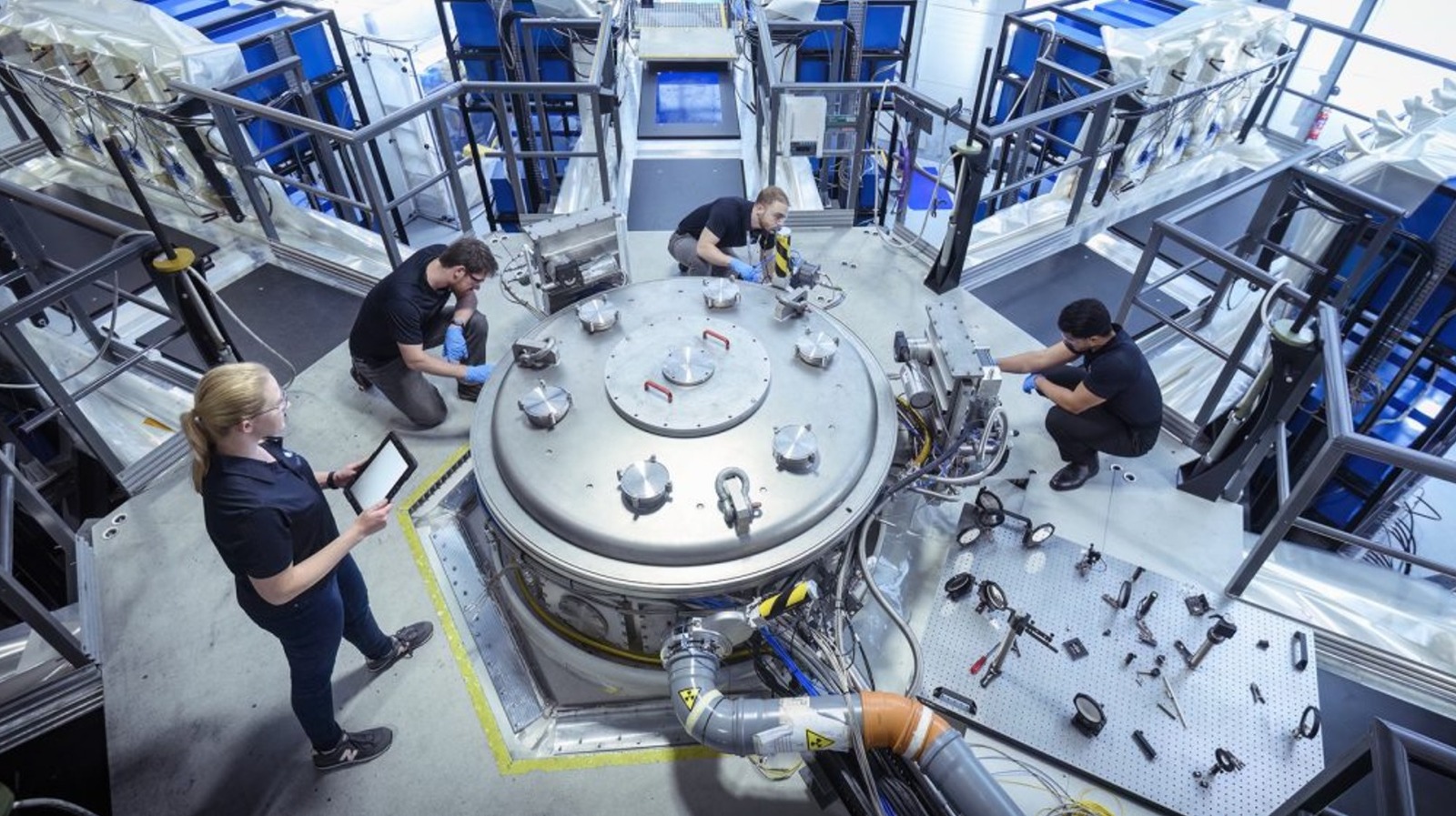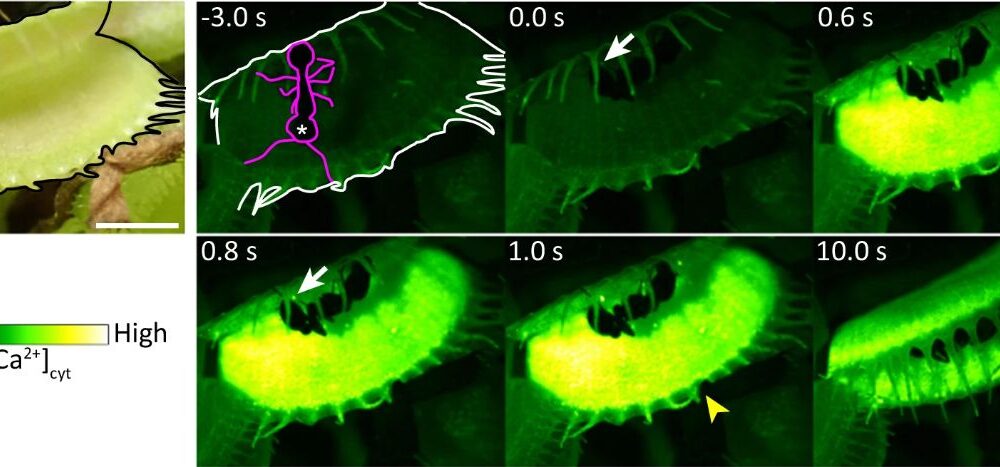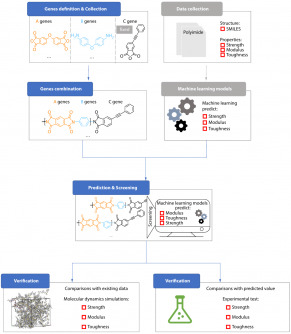Recent advancements in fusion energy have brought researchers closer to realizing a commercially viable fusion reactor. In a notable breakthrough, the UK-based company First Light Fusion has developed a method for achieving “high gain” inertial fusion, a significant step towards producing sustainable energy. This innovation marks the first time such a gain has been successfully achieved, representing a crucial milestone in fusion research.
Fusion power derives electricity from the heat released during nuclear fusion reactions, where two light atomic nuclei combine to form a heavier nucleus. This process generates substantial energy, which, if harnessed effectively, could provide near-limitless energy and significantly reduce reliance on fossil fuels. Despite many developments in this field, no operational fusion reactor has yet been realized.
The innovative process created by First Light Fusion is known as FLARE, which stands for Fusion via Low-power Assembly and Rapid Excitation. This method has the potential to reach a gain of 1,000, vastly exceeding the current gain of four achieved by the U.S. Department of Energy’s National Ignition Facility in May 2025. In the context of fusion, “gain” refers to the energy produced from a reaction compared to the energy required to initiate it. Achieving sustainable gain has been the Holy Grail of fusion energy, as previous experiments often consumed more energy than they generated.
FLARE works by separating the processes of compressing and heating the fuel. Initially, the fuel is compressed, which generates a significant surplus of energy through a method referred to as “fast ignition.” This approach is groundbreaking, as First Light Fusion is the first organization to successfully apply this technology in a practical setting, moving beyond theoretical research.
According to their white paper on FLARE, a single kilogram of fusion fuel contains as much energy potential as 10 million kg of coal. Achieving ignition requires heating a small fuel source to approximately 100 million kelvin (around 180 million degrees Fahrenheit), which must be sustained for the fusion process to continue independently. Although generating this level of heat demands considerable initial energy, the subsequent energy gain presents a promising outlook for fusion energy.
If FLARE operates as anticipated, it could pave the way for multiple fusion reactors capable of producing enough energy to power the planet. This potential transition from non-renewable energy sources to a more efficient and sustainable alternative is becoming increasingly feasible.
While this breakthrough is a significant advancement in the pursuit of fusion power, it is essential to recognize that it is only one step in a long journey. The road to establishing functional fusion power plants will require further research, development, and investment. Nonetheless, the progress made by First Light Fusion reinforces the optimism surrounding the future of fusion energy and its potential to transform the global energy landscape.







